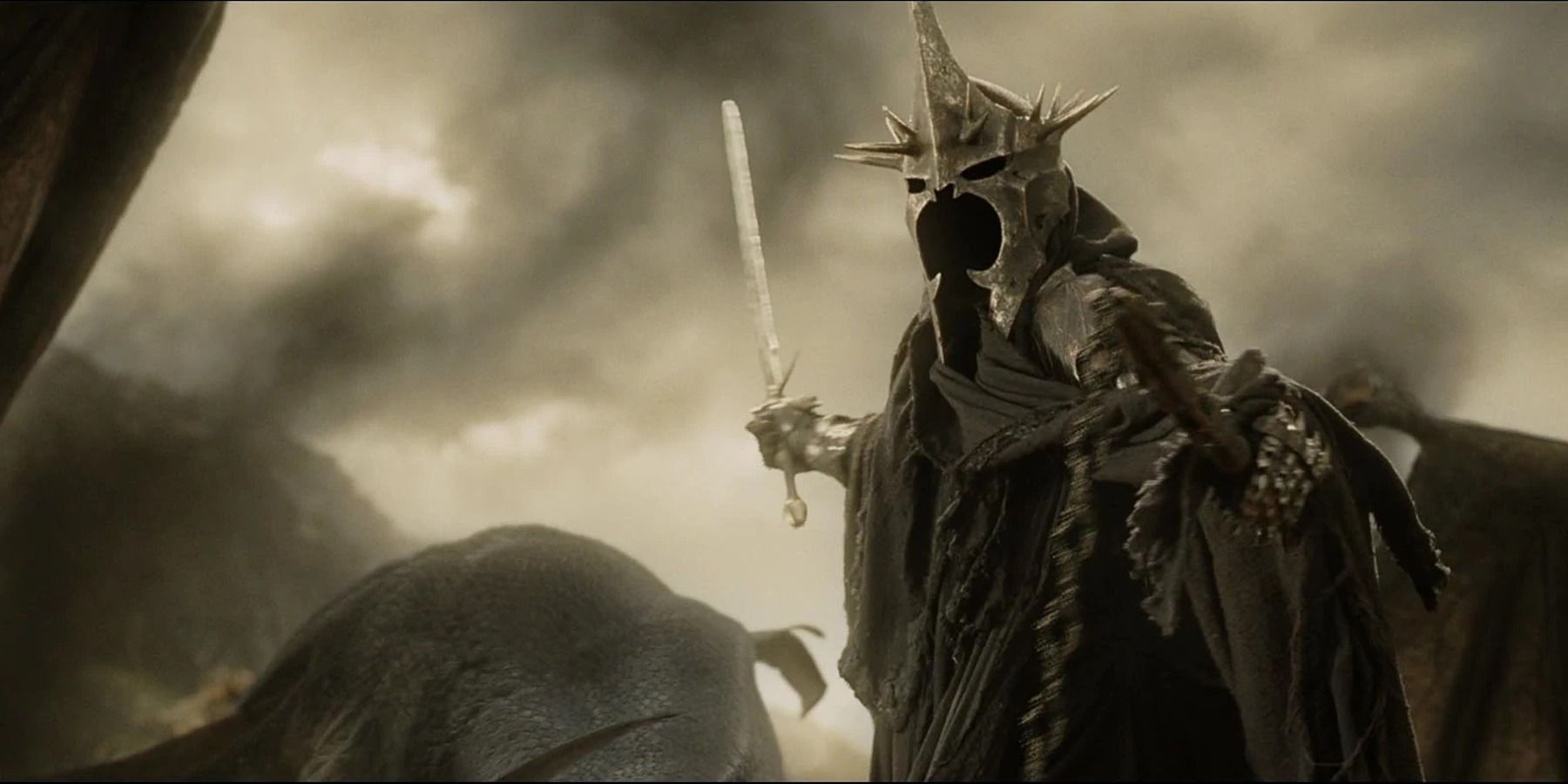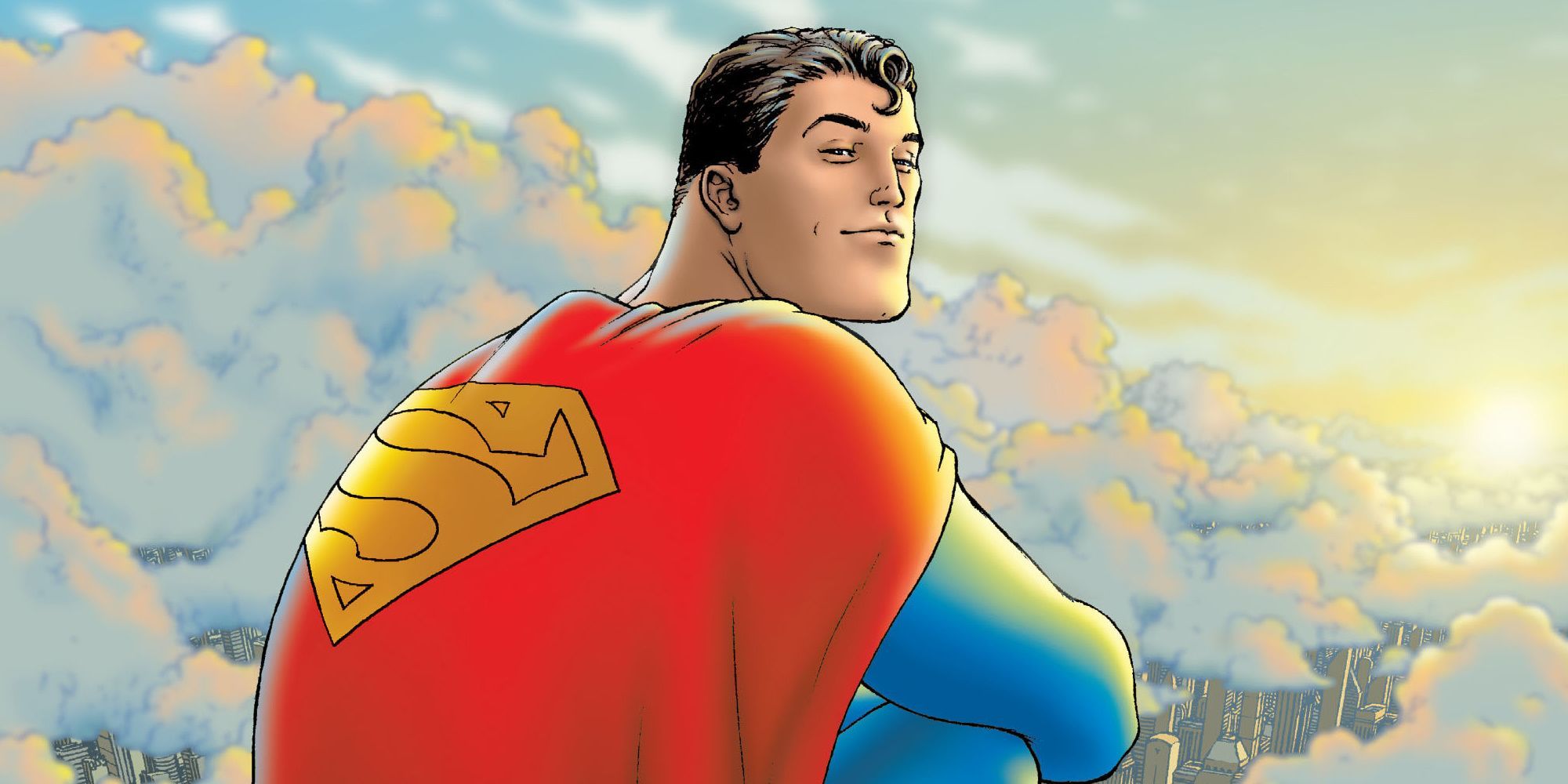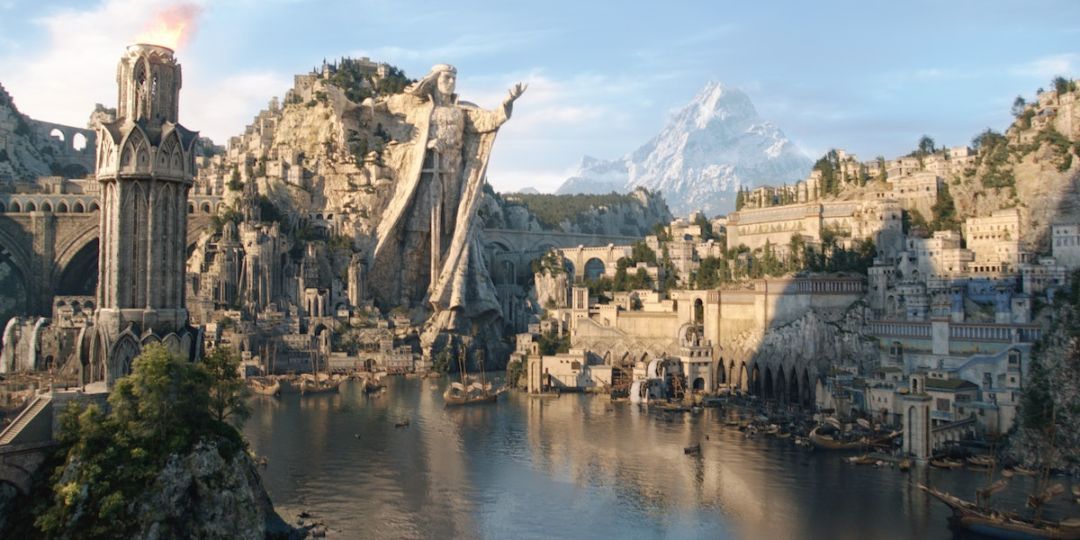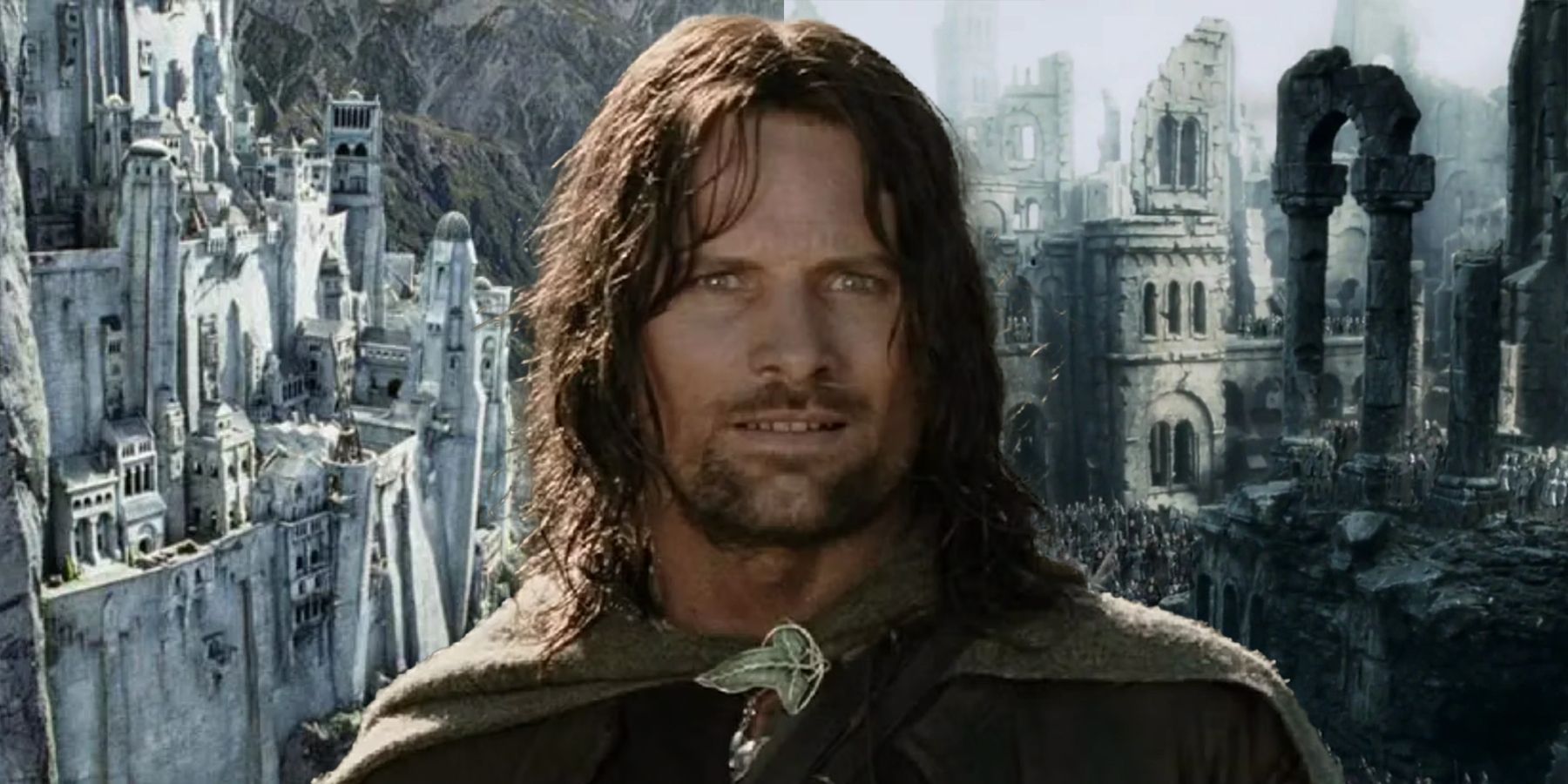Highlights
- The Dunedain are descendants of the people of Numenor and are the wisest and most noble humans with extended lifespans.
- The Dunedain founded the kingdoms of Arnor and Gondor and viewed themselves as one kingdom despite being geographically separate.
- After the War of the One Ring, Aragorn reunites the Dunedain kingdoms and becomes their king, but the bloodline and lifespan of the Dunedain eventually becomes no different from other humans.
J.R.R. Tolkien created a series of books with history and mythology so rich that they live on long after readers finish the last story. Few works of fiction can accomplish such a feat. The Lord of the Rings story ended with The Return of the King, yet much happens afterward. The Hobbits go on to live fruitful and happy lives, Legolas and Gimli continue their friendship and go on adventures together, and Aragorn works with Rohan to usher in a period of peace for the Age of Man.
For those who only watched the movie, they heard the word "Dunedain" a few times to describe Aragorn and some other rangers, but it's never really explained who or what they are. Furthermore, the movies don't capture just how important the Dunedain are to the world of Middle-earth and Men. This group of people actually played a significant role in the War of the Ring and an even larger one in its aftermath. Their origins are a part of the most important humans in Middle-earth.

LOTR: Who Were The Black Numenoreans?
In The Lord of the Rings, The Black Númenóreans represent the dire consequences of moral decline and the descent from grace.
Who are the Dunedain?
During the Second Age of Middle-Earth, the island of Numenor was home to a kingdom of great people. For their service fighting against the first dark lord of Middle-earth (Morgoth), the Valar gifted some humans the island of Numenor and exceptionally long lifespans. Eventually, the island sank back into the sea from which the Valar erected it. However, before Numenor was no more, the Numenorean Elendil took his sons and followers to Middle-earth where they erected two great kingdoms for Man.
Put simply, the Dunedain are descendants of Numenor. They're the wisest and most noble humans with extended lifespans, longer than that of the average human such as Boromir and his family. They're not immortal like the Elves, but they outlived Dwarves regularly. After leaving Numenor, they founded the kingdoms Arnor and Gondor, one in the north and one in the south, respectively. As time passed, their numbers diminished, and they scattered across Middle-earth. This is the line of kings that Aragorn descends from along with Isildur and Anárion.
The Divisions of the Dunedain
Despite Arnor and Gondor being two separate kingdoms, Arnor in the north and Gondor in the south, the Dunedain viewed themselves as one kingdom. The seat of the High King sat in Annúminas, the capitol of Arnor, and he had presedence over both kingdoms. That all changed after the One Ring betrayed Isildur and killed him. After Isildur died, his youngest son Valandil took up his rule.
Unfortunately, by this time, there were too few people, especially Dunedain, to populate and maintain the land of Arnor due to the number of Men that fell in the War of the Last Alliance and the Disaster of the Gladden Fields. The disaster of the Gladden Fields is the ambush that claimed Isildur's life. This divided the Dunedain of the North and made them weak to the Witch-King of Angmar and his armies. Over the years, Angmar gradually picked apart the remaining hosts of Numenor until there were only a few remaining. No more than 100. These remaining Dunedain and their kin became rangers, famously known as Ranger of the North.
Unlike Arnor, the Dunedain in Gondor thrived and created a kingdom that closely resembled the fallen Numenor in appearances and wealth. However, the strength of their blood diminished as the Dunedain of the South mingled with lesser Men. Their lifespan shortened and nobility faded into obscurity. No Dunedain within the realm of Gondor had the pure blood of Numenor to claim the throne, letting it fall into a long line of stewards. By the time the War of the One Ring strolled around, Dunedain of the South lived in Minas Tirith and surrounding villages but they were indiscernible from Men of Middle-earth.
What Happened to the Dunedain After the War of the One Ring?
It's not shown in the movies, but Aragorn reunites with a group of 30 Dunedain rangers during the events of The Return of the King known as the Grey Company. They joined Aragorn, Legolas, and Gimli to recruit the Oathbreakers, which turned the tide of the Battle of the Pelennor Fields. When Aragorn took the throne, he reunited the two kingdoms of the Dunedain, Arnor and Gondor. Even the Shire sat within the reunified kingdom of the Dunedain, but Aragorn made it law that no Man should enter the Hobbits' home. He followed this law, leaving the Shire unspoiled.
Despite rebuilding the great city of Annúminas in the north and ruling from there whenever he visited the region, Aragorn kept Minas Tirith as the chief city of his people where the High King ruled. Naturally, the Dunedain population improved, but the bloodline thinned as they repopulated with non-Numenorean folk. Few lived to be more than 100 years old by the time Aragorn reunified the kingdoms. Those who lived over 100 were from the more noble houses. Aragorn was the longest-living Dunedain of the time, living to be a modest 210 years old. Eventually, the lifespan of the Dunedain became no different than the rest of Men in Middle-earth.






